11 common mistakes home cooks make (and how to avoid them)
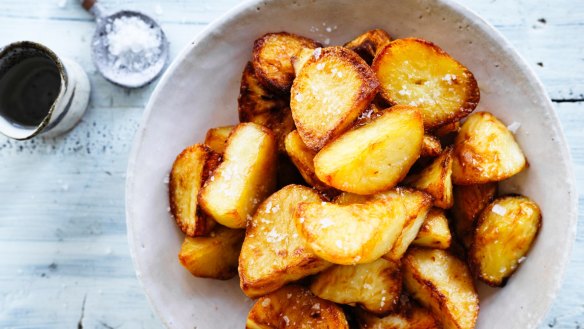
- Adam Liaw's salt and vinegar crispy potatoes recipe
- Three gluten-free recipes from Helen Tzouganatos' new cookbook
Helen Tzouganatos' new cookbook Easy Gluten Free celebrates practical family cooking, with more than 100 easy meals and ideas anyone can make and enjoy. Here, the SBS TV presenter and recipe developer shares her advice on how home cooks can avoid common kitchen pitfalls, regardless of whether they have coeliac disease or not.
"These are the tips I wish someone had given me when I first started cooking," she says. "Correct these common errors and you'll see a dramatic improvement in your culinary skills."
Not seasoning properly
Food tastes amazing at restaurants because chefs season generously and at the correct stage. Salt is the greatest flavour enhancer but if you just add it at the end you miss the opportunity to properly season your food from within. Unsalted cooking water will give you bland pasta, while green vegetables become grey and unappetising. Unsalted meat will not be as tender or as flavoursome, and you'll never achieve that crisp charred crust.
No amount of seasoning at the table will fix these cooking errors. Use salt early in the cooking process to amplify flavour, soften proteins and enhance the natural sweetness of vegetables.
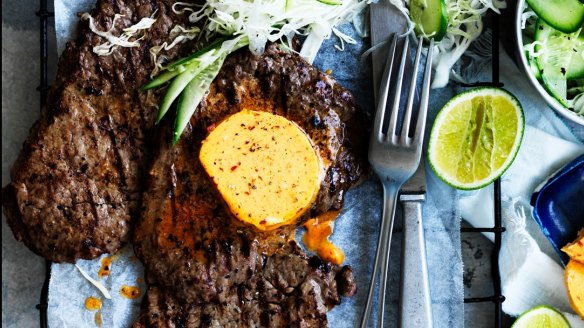
There are many gluten-free sources of salt beyond my much-loved sea salt flakes: fish sauce, tamari, coconut aminos, anchovies and miso paste all add a beautiful salty kick, along with their own unique flavour notes. Whole spices, peppercorns, bay leaves and cinnamon sticks will infuse your cooking liquid with aromatic notes and add complexity to your dishes. And don't forget a sprinkling of fresh herbs at the final stage to brighten your dish.
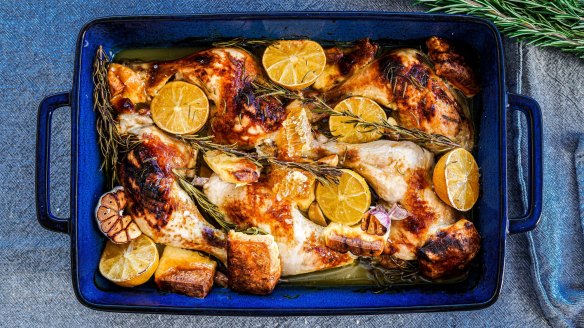
Flat food
If your food tastes flat it is probably lacking acid. A little squeeze of lemon juice or a splash of vinegar will bring it to life and make the rest of the flavours "pop". Acid not only brightens food, it also tenderises proteins by helping to break down the collagen in slow-cooked meat.
Cooking acid mainly comes in the form of citrus juice, vinegar, wine, tomatoes and yoghurt. Garnishing acids can often be used interchangeably; for example, if you don't have a lemon for your salad dressing replace it with red or white wine vinegar – it will taste just as delicious.

Cold ingredients
Ingredients emulsify better and food cooks more evenly if brought to room temperature first.
When baking, room-temperature ingredients, such as eggs and butter, incorporate more uniformly than cold ones (with the exception of pastry, which requires cold butter so it doesn't melt into the dough). Your cakes will be fluffier, your icing will be smoother and your cookies will be crisper.
When making sauces, room-temperature eggs emulsify better so your avgolemono (lemon-egg) sauce won't scramble and your mayonnaise is less likely to split.
Let your proteins sit at room temperature for at least 30 minutes before cooking for juicier steaks and chicken that is evenly cooked all the way through.
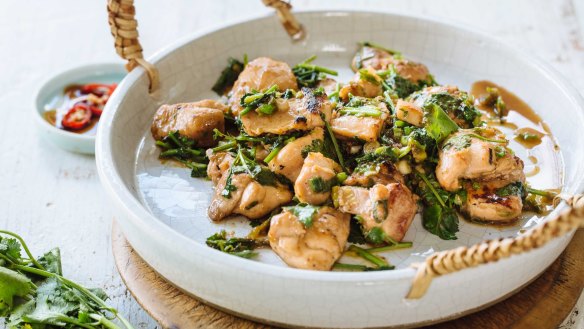
Overcrowded pan
We often cook in a rush so it is tempting to just throw everything in at once to speed up the process. Beware!
Overcrowding the pan will steam your food, making it soggy and pale instead of crisp and caramelised. Your pan needs adequate heat distribution and surface area to brown and crisp your proteins and vegies correctly. If you need to sear a large quantity of meat do it in batches so you get an even colour all over. Colour equals flavour.
When braising, remember to always return the resting juices from the cooked meat to the pan for extra flavour.
Overcooked ingredients
Overcooked vegies become soggy and limp and overcooked meat will be dry and tough. You want to maintain crunchy texture and brightness in your vegies so don't overboil them. Overcooking will also lead to greater nutrient loss, so remember to keep it short and sharp.
Meat will continue to cook while it is resting so bear this in mind when timing your steak on the grill – it's probably best to pull it off a minute earlier rather than later.
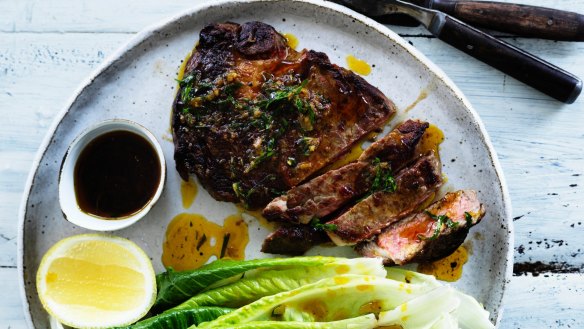
Not properly resting meat
Resting meat after cooking relaxes the muscle fibres and allows the juices to run back into the meat for a juicier and more flavoursome result. If you cut into a steak that has not rested properly the juices will run out onto your plate, leaving the meat dry and bland. As a general rule, the resting time should be half the cooking time, so if you cooked your steak for 6 minutes rest it for 3 minutes.
Burnt garlic
Because garlic burns easily it only needs about 30 seconds in the pan. Onions, celery and carrots (a common flavour base called mirepoix) are denser vegetables so they need more time to soften and caramelise. Cook the mirepoix before adding the garlic.
A good tip to prevent burning vegetables before adding the garlic is to sprinkle them with sea salt to release their moisture and enhance their natural sweetness.
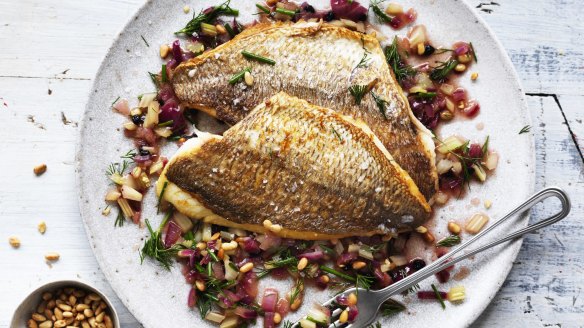
Soggy (not crisp) skin
Moisture is the enemy of crisp skin. If you want crunchy pork crackling or crisp chicken and salmon skin, remove as much moisture as possible by patting the skin dry with paper towel before cooking. If you have time, place meat or fish uncovered in the fridge overnight to air-dry the skin. A quick hack is to use your hairdryer to blow cold air all over the skin to help remove the moisture.
Read more: Chef Josh Niland's tips for cooking fish with perfect crisp skin
Not enough quality fat
As well as being a vital cooking medium, quality fats, such as extra-virgin olive oil and coconut oil, play a role in flavouring food and achieving the correct texture. Fat contributes to the moistness of a cake, richness of a soup, silkiness of a sauce and juiciness of a one-pot braise. And if your pan does not have enough oil in it you will never achieve that perfect crisp crust on your steak.
I primarily cook with olive and coconut oils, but I also use avocado, macadamia, peanut and roasted sesame oils.
Not prepping before you cook
Make sure you have all your ingredients measured, cut, peeled and sliced before you start cooking. This is particularly important when stir-frying because once the wok is hot you need to move very quickly to avoid overcooking your food. Prepping is also a great way to spot missing ingredients so you have time to make a quick dash to the grocery store if need be. You can also arrange them on the bench to match the steps in the method so you don't miss anything.

Not tasting as you go
How will you know if your flavours need balancing if you don't taste as you go? Your braise may be lacking seasoning, for example, and if you don't correct it early enough you will miss your opportunity to properly infuse your braising liquid with aromats, to season the food from within. You also need to check that different components of your dish work together, so grab a little of everything on a fork to see if the flavours and textures combine well. And remember, always taste the final dish before you serve it!
This is an edited extract from Easy Gluten Free by Helen Tzouganatos, published by Plum, RRP $39.99. Photography by Jeremy Simons. Buy now